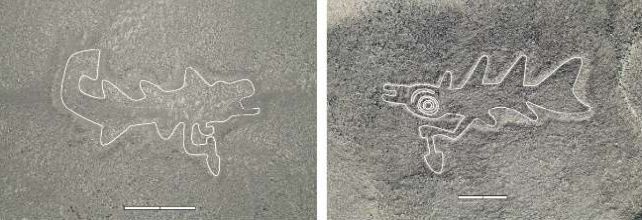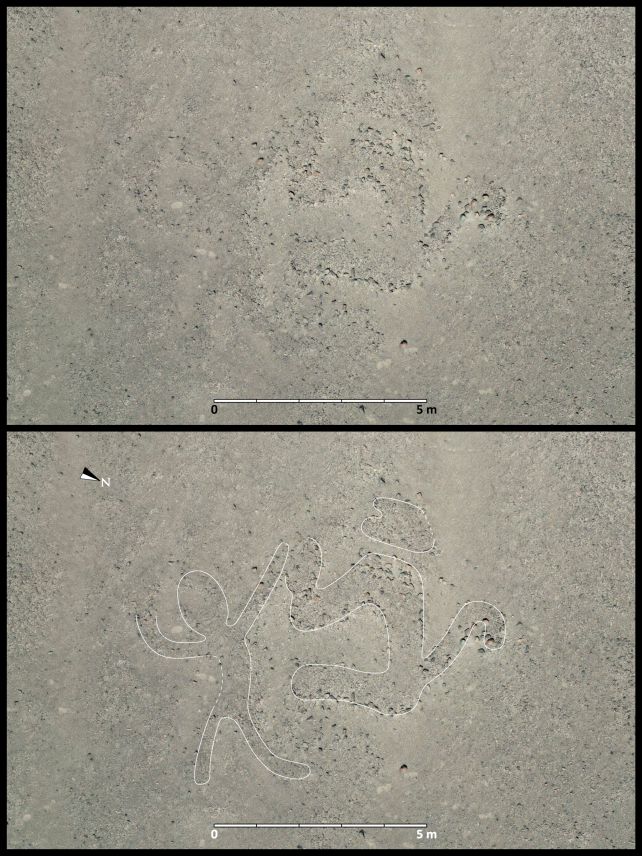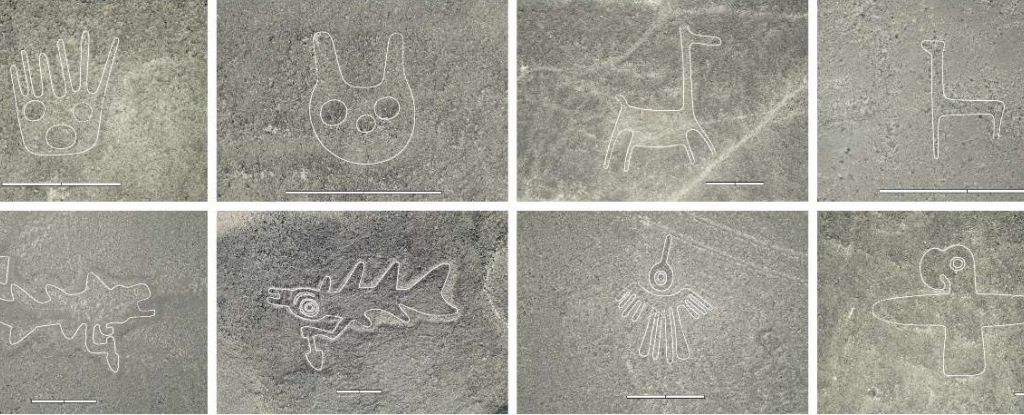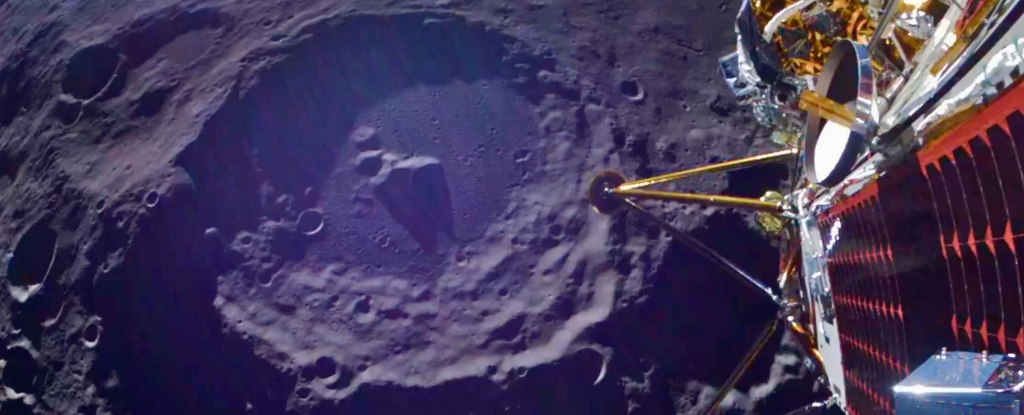In the desert of southern Peru, a mystery has been unfolding over decades.
Hundreds of years ago, the people who lived nearby carved the ground with giant lines to create pictures and symbols that can only be fully appreciated from the sky. These are the Nazca glyphs, mysterious designs whose purpose has baffled archaeologists ever since.
Since their first discovery in the 1940s, around 430 glyphs have been discovered on the arid plateau known as the Nazca Pampa.
Now, using drones and AI, a team led by archaeologist and anthropologist Masato Sakai of Yamagata University in Japan has discovered a jaw-dropping 303 more in just six months – nearly doubling the known number.
With the discovery comes new insight regarding the function of the mysterious symbols.
“The reason why the purpose of the geoglyphs’ creation remained unknown for so long is that previous researchers lacked basic information about the distribution and types of geoglyphs,” Sakai told ScienceAlert.
“However, in this paper, thanks to field surveys utilizing AI and remote sensing, the distribution of the geoglyphs has been clarified. As a result, we were able to shed light on the purpose behind their creation.”
This purpose, the researchers believe, is sacred – designed as part of a pilgrimage to Cahuachi, the ceremonial center of the Nazca culture, which overlooks some of the glyphs from high perches atop mounds.
The glyphs have been difficult to uncover for several reasons. One of those is that they were first carved into the plateau between 500 BCE and 500 CE, and weathering over hundreds of years has greatly reduced their detectability.
Another obstacle is that the sheer size of the Nazca Pampa prohibits fieldwork on the ground. It’s simply too huge a job.

“Because the Nazca Pampa is so vast, at 400 square kilometers (154 square miles), it takes a long time to conduct research using conventional archaeological methods,” Sakai explained.
Since 2004, Sakai has been using remote sensing to explore the Nazca Pampa, and, prior to this new research, he and his colleagues over the years had discovered 318 of the 430 previously known glyphs.
Humans are therefore pretty good at spotting the telltale signs that reveal the faded, weathered symbols, but the researchers thought that AI might be able to identify signs of the Nazca that previous observations had missed.
So Sakai and his colleagues teamed up with the IBM Thomas J. Watson Research Center to develop an algorithm for identifying faint glyphs amid the rubble on the Nazca Pampa from drone images.
Of the 303 new glyphs, 178 – more than half – were suggested by the AI, revealing the power of this tool to assist in human-led research efforts.

These new glyphs belong to the category known as relief-type geoglyphs. They are smaller and harder to identify than the larger, line-type geoglyphs, which makes the new haul especially intriguing. The previously discovered 430 glyphs consisted of 380 relief-type glyphs, and 50 line-type glyphs.
Both types of glyphs depict different things. The relief-type glyphs mostly depict humans and domesticated animals, while the line-type glyphs mostly depict wild animals. But their size, placement, and distribution also reveal what they may have been used for, the researchers say.
“In the case of relief-type geoglyphs, you can see them if you walk along the trails. Therefore, I believe that the trails were created so that people could see the relief-type geoglyphs while walking along them,” Sakai explained.
“On the other hand, in the case of line-type geoglyphs, they are concentrated around the starting and ending points of the network of linear geoglyphs. This network is connected to ceremonial centers Cahuachi and sacred places, so I believe that people walked along the network.”
Cahuachi is known to be a site to which humans undertook pilgrimages, traveling to the adobe architectural complex, possibly for gatherings and ceremonies, although the exact ways in which the site was used, and why it was special, are poorly understood.
But there might be clues in the geoglyphs. Now, with more than 700 revealed to us, there may be some more concrete answers to be discovered. That is the big question Sakai hopes to tackle next.
“In the ancient Andean civilization, socially important information was sometimes conveyed through combinations and arrangements of pictures. I believe that information was inscribed on the Nazca Pampa through the arrangement and combination of geoglyphs,” Sakai told ScienceAlert.
“I want to decipher the information embedded in the geoglyphs.”
The research has been published in Proceedings of the National Academy of Sciences.





